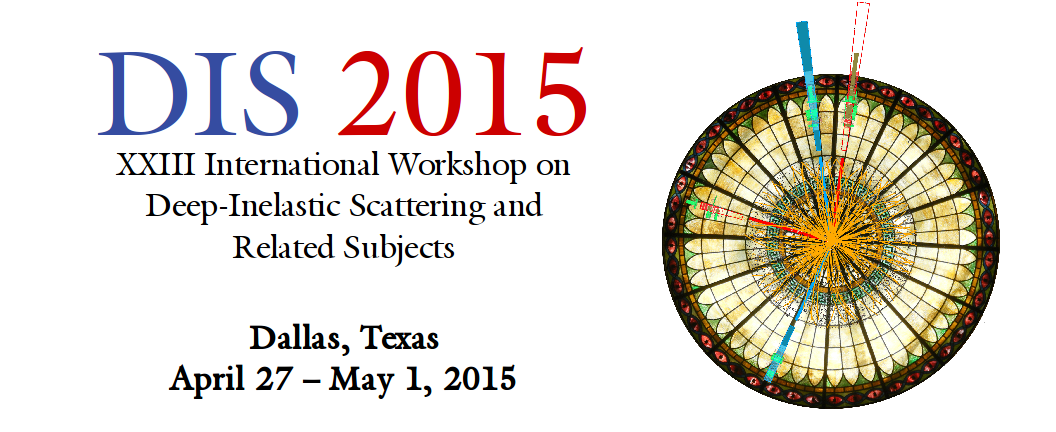Speaker
Isabella Garzia
(INFN)
Description
There has been increasing interest in understanding the spin phenomena in the nucleon, such as the transverse spin structure (the so-called transversity). The semi-inclusive observables in SIDIS experiments are only connected to the product of quark transversity distribution and the Collins fragmentation function (FF). An independent measurement of the Collins FFs in e+e- annihilation makes it possible to extract the transversity from single transverse spin asymmetries in SIDIS.
The Collins FF connects transverse quark spin with a measurable azimuthal asymmetry (the so-called Collins effect) in the yields of hadronic fragments along the initial quark’s momentum. Collins effect has been studied in the Belle and BABAR experiments and non-zero Collins asymmetries have been observed. However, Belle and BABAR run at high Q (~10GeV) region, and existing SIDIS experiments mostly run at low Q region. Hence, energy evolution from high Q to low Q is not trivial and its theoretical treatment needs to be guaranteed. Direct measurement of Collins function in low Q region will provide important test.
In the BESIII experiment, we explore Double Collins Asymmetries (DCA) by looking at the two back-to-back charged pions. BEIII experiment is an electron-position collider running at 2$<$Q$<$4.6 GeV energy region, which has similar energy coverage with the SIDIS experiments. This analysis is carried out based on ~65/pb data at Q=3.65 GeV and will provide the first measurement of Collins asymmetry at low Q. This analysis results will be reported in the DIS2015 conference.
Co-author
Isabella Garzia
(INFN)
